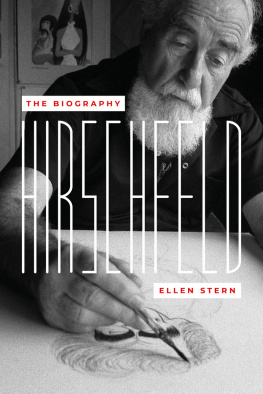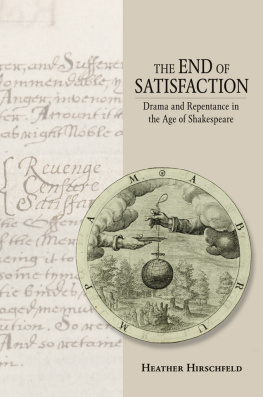Cowl made her New York stage debut at nineteen and was a star by the time she was twenty-eight. Brooks Atkinson spoke for many when he hailed her personal beauty, impeccability of manners, humorous vitality, and simple command of the art of acting. She holds the record for playing Juliet more than any other actress in theater history. Here she appears in a revival of Robert Sherwoods first play, The Road to Rome, about Hannibals attempt to capture Rome. She had starred in the original production a season earlier and after a five-month break returned to play another season on Broadway. Sherwood would go on to win three Pulitzers for his plays and an Oscar for his screenwriting.
Duke McHale in Babes in Arms, 1937
INTRODUCTION
I n 1941, Henry Luce described the twentieth century as the American century. Luce recognized that the United States largely dominated and should dominate in political, economic, and cultural terms for most of the century. In the arts at that time and actually beginning two decades earlier, there was the Hirschfeld century, an eighty-two-year era in which Al Hirschfeld both recorded and defined so much of popular culture, especially through his drawings of productions on Broadway and in Hollywood. He was there at the birth of television and captured its first half century. He recorded more popular music than any one MP3, CD, LP, or wax cylinder ever did. His drawings of dance are among his most accomplished works. In this book, I look at each decade through his drawings, paintings, and prints to provide their history and insight into Als intent, as well as approaches for a better understanding of what he accomplished and its impact.
This book does not have every drawing or every story of Al Hirschfelds. He created approximately ten thousand drawings in his lifetime. With so many great examples, I am sure readers will feel that I have missed one or more of their favorites. I have tried to include both iconic and relatively unknown works in a variety of media to provide as complete a picture as I can for each decade. As for anecdotes, Al was a man who could come back from going to the corner with an interesting story of something that happened to him. William Saroyan said that someone was always offering Al the key, and Al was a Zelig-like character in a good bit of cultural history of the twentieth century, mostly in New York, but also in Hollywood, Paris, and London. Some of those stories are included, but this is not a biography; rather, its a critical study of Hirschfelds art. This book deals with his life in his studio for the most part (out-of-town tryouts notwithstanding).
For twenty-five years, I have been studying Als work, the first thirteen by making weekly visits to his studio to catalog his lifetime of work and to chat at lunch and tea in the afternoon about what was happening in our worlds and of course about his work. He had no interest in the past, really. I remember once an old friend had stopped by and spent the better part of an hour laughing with Al about stories of some personal or professional high jinks from their pasts, all while Al sat drawing at his table. When the fellow left, Al turned to me, in all seriousness, and said, I dont get these guys who only want to talk about the past, and went back to drawing. This was a man who continued to go out or have people in almost every night of his life until the end at ninety-nine and a half. In his later years, he found himself reading more as his friends, both young and old, did not want to stay up as long as he did. Few could work harder, as he was in his studio seven days a week from approximately ten in the morning to five or six at night, with breaks for lunch and four oclock tea and cookies. He felt that talent was the easy part, a drug on the market, in his words, and it was discipline that mattered.
I think he was simply outsourcing his past to me, providing me, in an informal way, with the facts and figures and context of the work so when the inevitable questions came about specific dates and drawings, he would say, I have an archivist now. Hes put everything in order so I cant find anything. Yet he had remarkable recall of what he drew and stories from the past. I could tell that he had not thought about many of the stories for some time when he told them to me. I have a visual memory, and I felt Al and I shared a vocabulary of his work that allowed us to discuss in shorthand his drawings by referring to different works throughout his career. As a curator, I have had the pleasure of immersing myself in an artists career with the artist by my side on several occasions. Both the extended time I had with and without Al and the sheer quality and quantity of his work have made my relationship with him and his work something unique. Time has also provided perspective, I hope, to view the work in both its historical context and the artists development. I am well versed in Als subject matter, having written books and curated exhibitions on a wide range of performance-arts-related subjects, and I have looked at Als work as art in that context in this book.













